SOURCE: IDRW.ORG
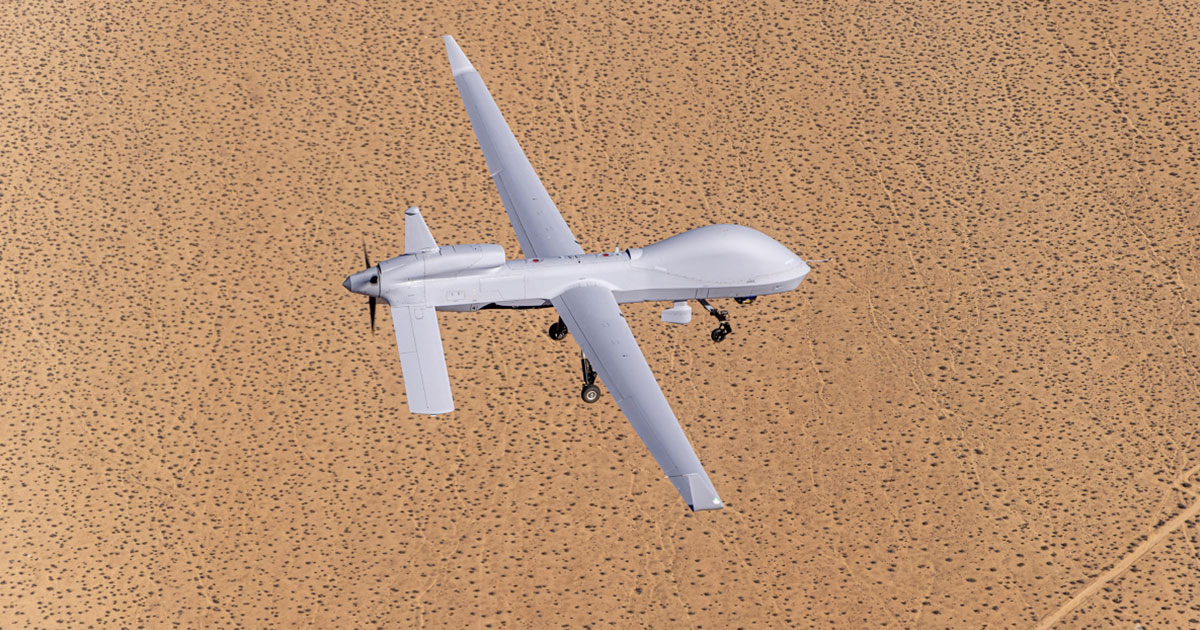
According to a report by The Sunday Guardian, the Indian Ministry of Defence (MoD) is experiencing second thoughts regarding the proposed acquisition of 31 units of the MQ-9B Reaper drones, manufactured by General Atomics. The potential deal, which includes control stations, missiles, and auxiliary equipment, is valued at an estimated $30 million per drone. However, recent developments on the global stage, particularly the ease with which Houthi rebels in Yemen have allegedly been able to bring down these drones, are causing alarm in both South Block and North Block, the administrative nerve centers of India’s government.
One of the key factors driving the Indian military’s push for the MQ-9B Reapers was the ongoing tension with China, particularly following the June 2020 Galwan Valley clash, which highlighted the need for enhanced surveillance and reconnaissance capabilities along the India-China border. With the ability to carry out both surveillance and strike missions, the MQ-9B seemed like a powerful addition to India’s arsenal. However, the performance of these drones in Yemen has raised critical questions about their viability in high-threat environments.
Continue readingSOURCE: IDRW.ORG TEAM

AviaTraining Solutions Pvt Ltd has announced strategic partnerships with two leading European gyrocopter manufacturers, Aviation Artur Trendak from Poland and Carpenerie Pagotto from Italy. These collaborations grant AviaTraining Solutions exclusive rights to assemble and manufacture these advanced gyrocopters in India.
The company plans to establish a state-of-the-art assembly line near Ahmedabad, Gujarat. This facility will be the first of its kind in India, marking a significant milestone in the country’s aerospace industry. The assembly line will not only cater to the domestic market but also position India as a key exporter of gyrocopters to countries across the SAARC region, Southeast Asia, the Middle East, and Africa.
Continue readingSOURCE: AFI

Exercise Yudh Abhyas, a joint military exercise between India and the United States, is currently underway from September 9th to 22nd, 2024. One of the key participants in this exercise is the 25th Fighter Squadron, the only A-10C unit within the Pacific Air Forces command that is stationed in India. This squadron, known as the “Assam Draggins,” has a fascinating history that is deeply intertwined with the nation’s past.
Established in 1941 as the 25th Pursuit Squadron, the unit first saw combat over Southeast Asia in 1942. A significant milestone occurred on January 11, 1942, when the squadron embarked on the SS President Coolidge, becoming part of the initial deployment of US forces to leave the United States mainland after the declaration of war. By late March, the 25th Pursuit Squadron had arrived in Karachi, India, and commenced wartime operations.
Continue readingSOURCE: AFI
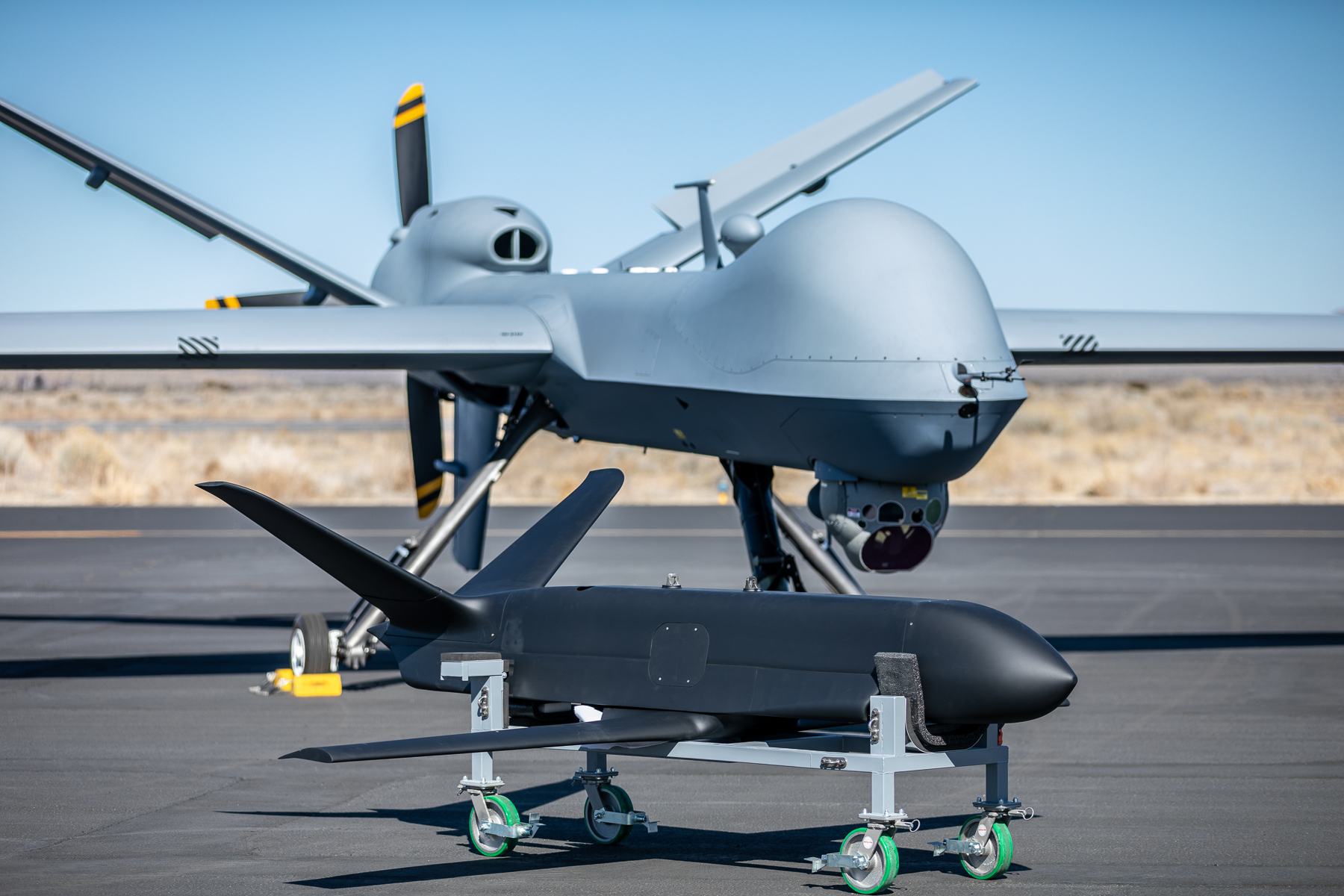
General Atomics, a leading manufacturer of unmanned aerial vehicles (UAVs), has announced its plans to invest in India’s economy and contribute to the country’s drone manufacturing capabilities. As part of this commitment, the company has pledged to source over 30% of the components for its drones from Indian companies.
In addition to local sourcing, General Atomics will also provide expertise and consulting services to assist India in developing its own high-tech drones. This collaboration aims to enhance India’s manufacturing capabilities and reduce its reliance on foreign imports.
Continue readingSOURCE: AFI
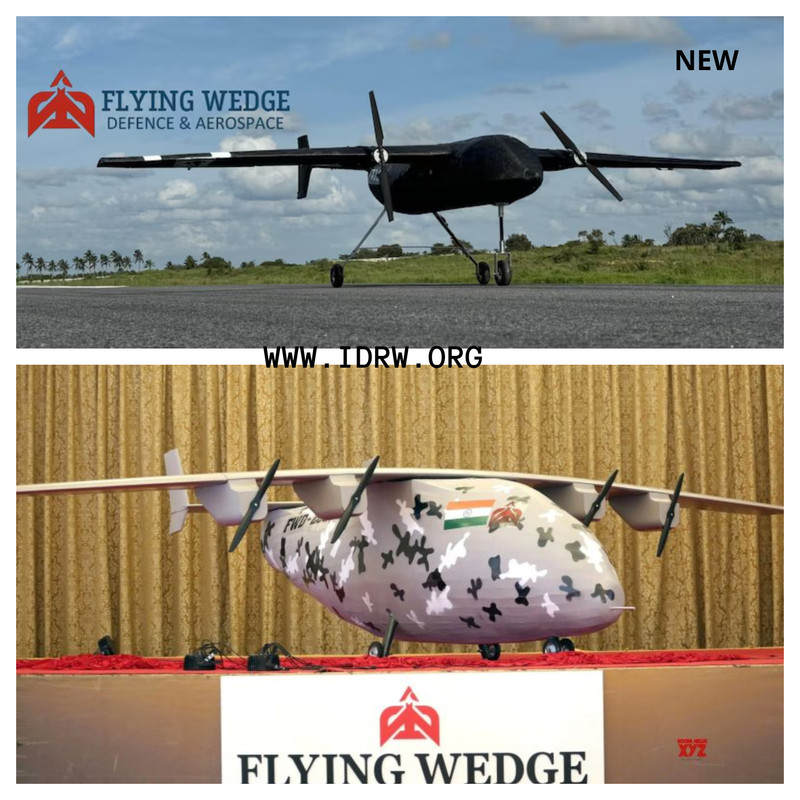
Suhas Tejaskanda, the CEO of Flying Wedge, has announced that the company has decided to abandon its previous mock-up design for the FWD 200-B bomber in favor of a new liner design. This shift in design is aimed at optimizing the bomber’s goals and weight capacity.
While the earlier design featured four 20-inch propellers, the new design incorporates two 24-inch propellers. This change has the added benefit of increasing landing gear clearance, improving the overall performance and safety of the bomber.
Continue readingSOURCE: AFI

The Indian Army has recently showcased its newly inducted UAV Launched Precision Guided Munition (ULPGM), manufactured by Adani Defence. This marks a significant milestone in India’s indigenous defense manufacturing capabilities.
The ULPGM is the first in a series of PGMs specifically designed for drone carriage. With an effective range of 2-6 kilometers and weighing between 5-8.5 kilograms, it boasts a 2-kilogram warhead. This PGM is equipped with IIR seekers and kinetic capabilities, making it a versatile weapon for various tactical missions.
Continue readingSOURCE: AFI
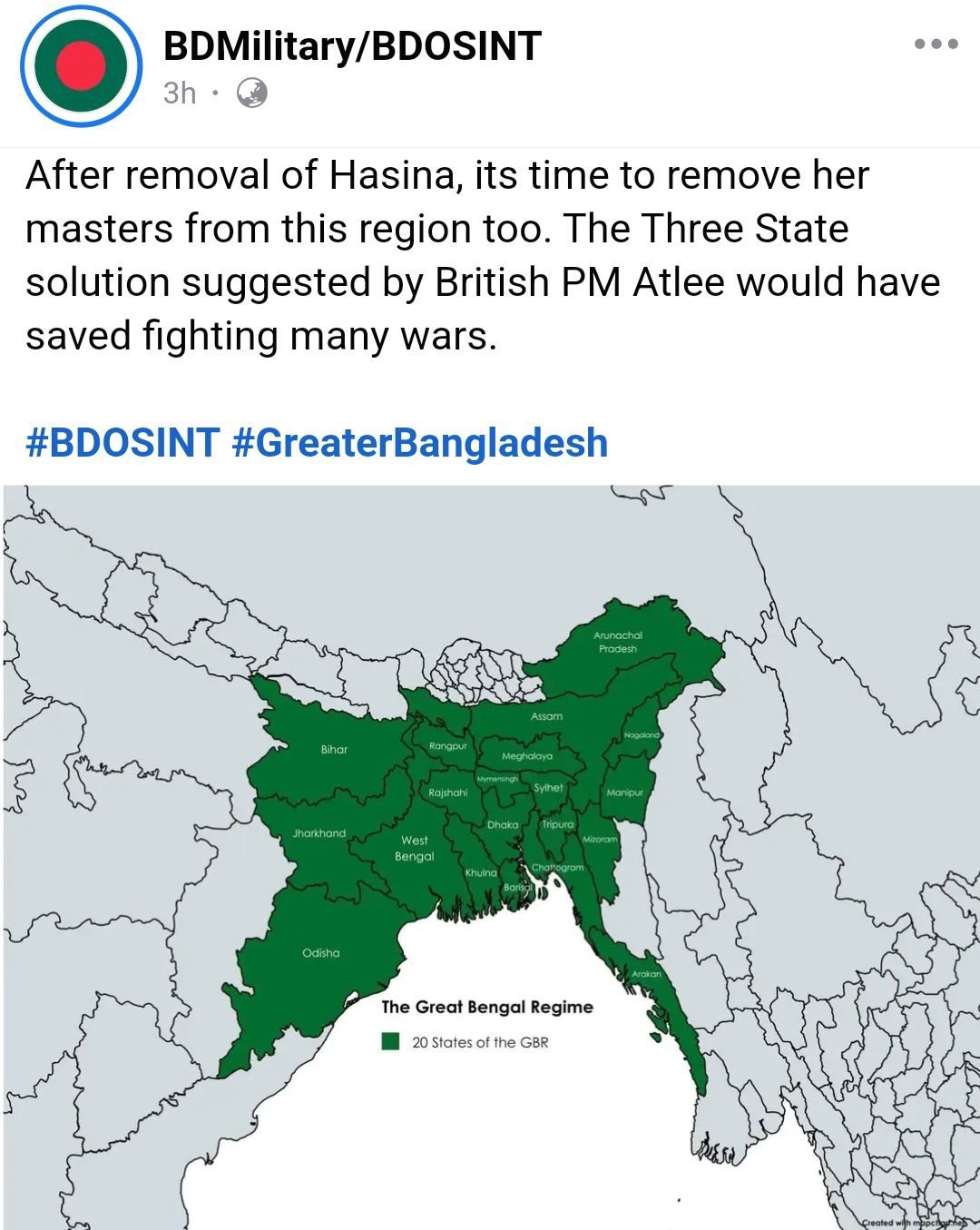
The recent political upheaval in Bangladesh, culminating in the removal of the elected Prime Minister Sheikh Hasina, has reignited concerns about the country’s expansionist ambitions. Radical Islamist groups, now in power, have openly expressed their desire to establish a “Greater Bangladesh,” a territory that would encompass parts of India’s northeastern region.
While Bangladesh lacks the military might or resources to directly invade India, its sheer population of over 171.2 million – significantly larger than that of the entire northeastern region – poses a significant demographic threat. The proposed “Greater Bangladesh” would include West Bengal, Bihar, Odisha, Jharkhand, Sikkim, Arunachal Pradesh, Assam, Meghalaya, Tripura, Mizoram, Manipur, and Nagaland.
Continue readingSOURCE: PTI
)
Former president Donald Trump on Sunday thanked the US Secret Service and other law enforcement officials following an assassination attempt while he was golfing on one of his golf courses in Florida’s West Palm Beach.
The former president remained unharmed in what the FBI said was “an attempted assassination while playing golf two months after another attempt on his life at a Pennsylvania rally.
Continue readingSOURCE: RAUNAK KUNDE / NEWS BEAT / IDRW.ORG
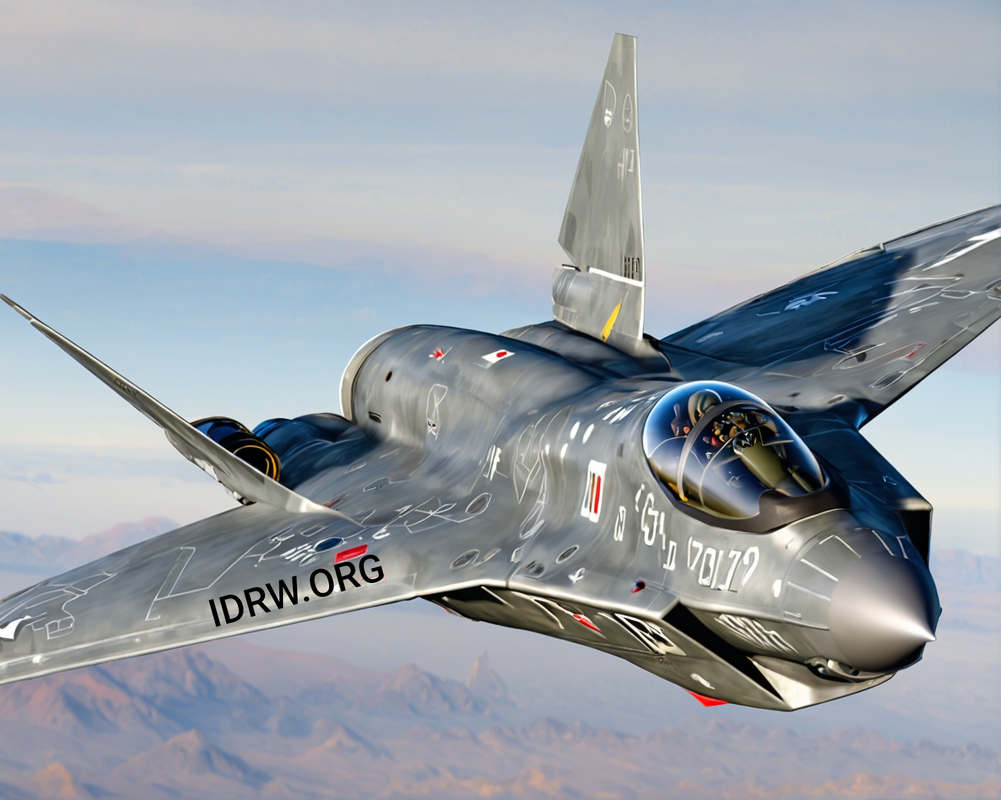
Russia, through its Sukhoi Design Bureau, is actively seeking to enhance its interactions with Indian defence officials regarding the Su-75 Checkmate, a single-engine, stealth fighter aircraft currently under development. This interest is expected to be a significant focus during the upcoming Aero India 2025, following positive discussions held at Aero India 2023, where Russian officials briefed their Indian counterparts on the Su-75 program.
The Checkmate is being positioned as a cost-effective alternative to existing stealth fighters, with Russia keen to solidify a government-to-government (G2G) deal with India that could potentially reshape India’s future fighter acquisition plans.
Continue readingSOURCE: RAUNAK KUNDE / NEWS BEAT / IDRW.ORG

Tata Advanced Systems (TASL) has developed a new Truck-Mounted Howitzer (TMH) based on its renowned Advanced Towed Artillery Gun System (ATAGS). This new artillery system is designed to compete with the MGS developed by the Kalyani Group, both of which share the same underlying ATAGS gun.
The Tata-developed TMH leverages the Tata LPTA 3945 / 3138 8×8 Truck as its platform, offering exceptional mobility and versatility. While the MGS also utilizes the ATAGS gun, Tata’s TMH boasts its unique design and features.
Continue readingSOURCE: RAUNAK KUNDE / NEWS BEAT / IDRW.ORG
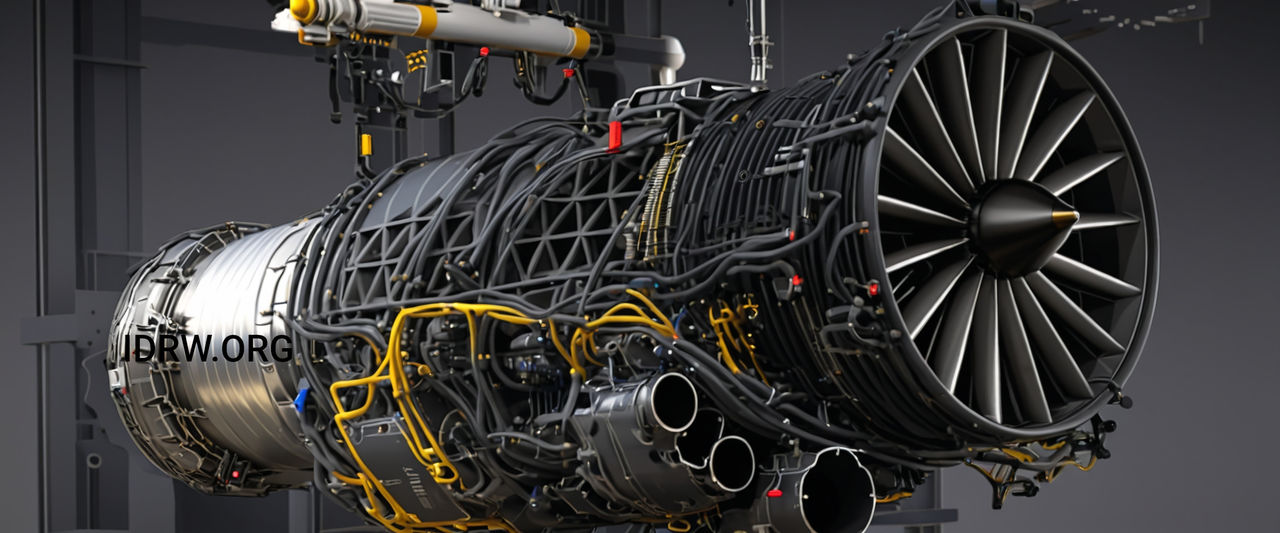
GE Aerospace and Hindustan Aeronautics Limited (HAL) are poised to finalize a significant deal for the transfer of technology (ToT) for the F-414 engine later this year. This agreement is expected to see GE Aerospace sharing nearly 80% of the ToT with HAL, enabling the local manufacture of the engine in Bangalore.
GE Aerospace has emphasized that the ToT package offered to India is far more extensive than any previous such agreement for the F-414 engine. South Korea, another country using the F-414 for its KF-21 fighter jet program, has only received 59% ToT.
Continue readingSOURCE: AFI

Artemon Aerospace, a leading defense technology company, has developed a groundbreaking loitering munition designed for Air Launched Effect (ALE). The ALE, which can be deployed from sonobuoy launchers, offers a coordinated swarm capability for maritime surveillance, threat assessment, and scalable responses to maritime challenges.
Continue readingSOURCE: AFI

In a significant development aimed at enhancing the durability and performance of small arms in India’s defense arsenal, the Armament Research and Development Establishment (ARDE), a key laboratory of the Defence Research and Development Organisation (DRDO), has announced a collaboration with Bengaluru-based SSS Defence. The collaboration is focused on developing and integrating CERAKOTE coating technology for critical small arms components such as barrels, bolts, and receivers.
CERAKOTE is a ceramic-based coating known for its high performance and durability, widely recognized across industries, including defense, for protecting firearms, automotive components, and industrial machinery from wear, corrosion, and other environmental factors. In the defense sector, particularly for small arms, the CERAKOTE technology offers significant advantages that can boost the longevity and functionality of weapons.
Continue readingSOURCE: AFI

A captivating 3D render by Harshal Pal has recently shed light on the size disparity between two significant helicopter projects undertaken by the Hindustan Aeronautics Limited (HAL) for the Indian Armed Forces. The render showcases the LUH (Light Utility Helicopter), a single-engine, 3-ton category helicopter, alongside the upcoming IMRH (Indian Multi Role Helicopter), a 13-ton medium-class helicopter.
The LUH, a product of HAL’s design and manufacturing expertise, is already in Limited Scale production and is set to replace the aging Cheetah and Cheetal helicopters in the Indian Army and Air Force. On the other hand, the IMRH, currently under development, is intended to replace the Russian-supplied Mi-17 class of helicopters, providing a much-needed upgrade to India’s military aviation capabilities.
Continue readingSOURCE: AFI

In a significant development for the Indian Navy and the broader maritime industry, the Indian Navy has been awarded a patent for a revolutionary Solvent-Free Anticorrosive Epoxy Resin Composition specifically designed for coating applications. This innovation is set to enhance the durability and longevity of naval vessels by providing an advanced protective layer against corrosion, a common and costly issue in marine environments.
The concept for this groundbreaking anticorrosive epoxy paint originated with (then) Captain Nirbhay Bapna, who is now a Rear Admiral, during his tenure as the commanding officer of INS Teg, a Talwar-class frigate of the Indian Navy. Recognizing the critical need for a more effective and environmentally friendly solution to combat corrosion on naval ships, Capt. Bapna spearheaded efforts to develop a new type of coating that would offer superior protection while also being solvent-free.
Continue reading